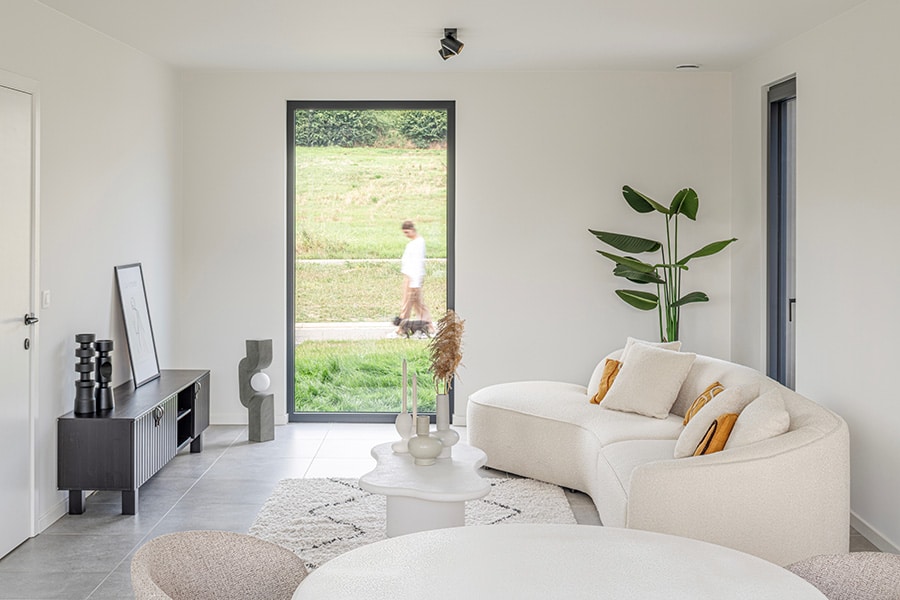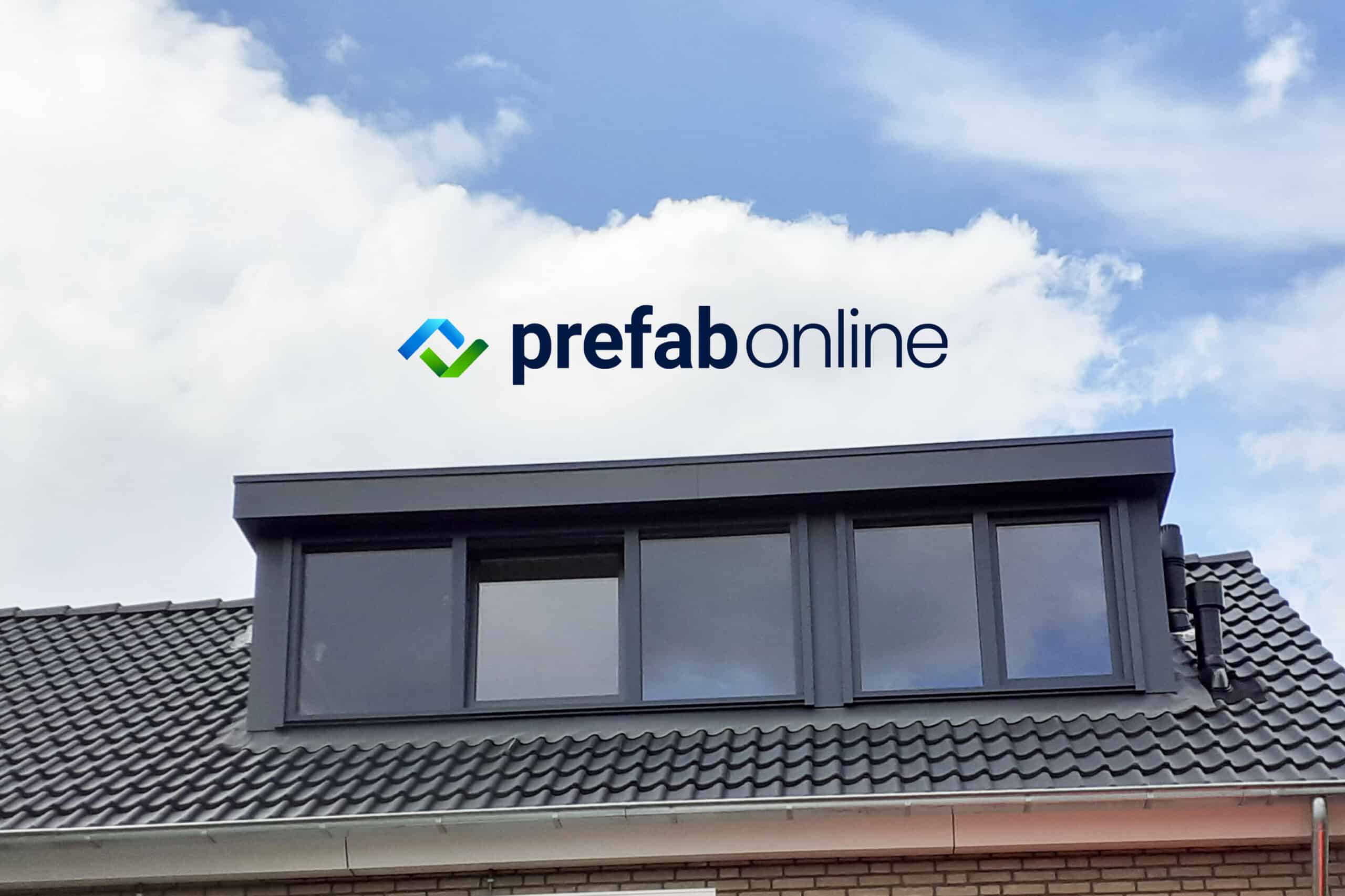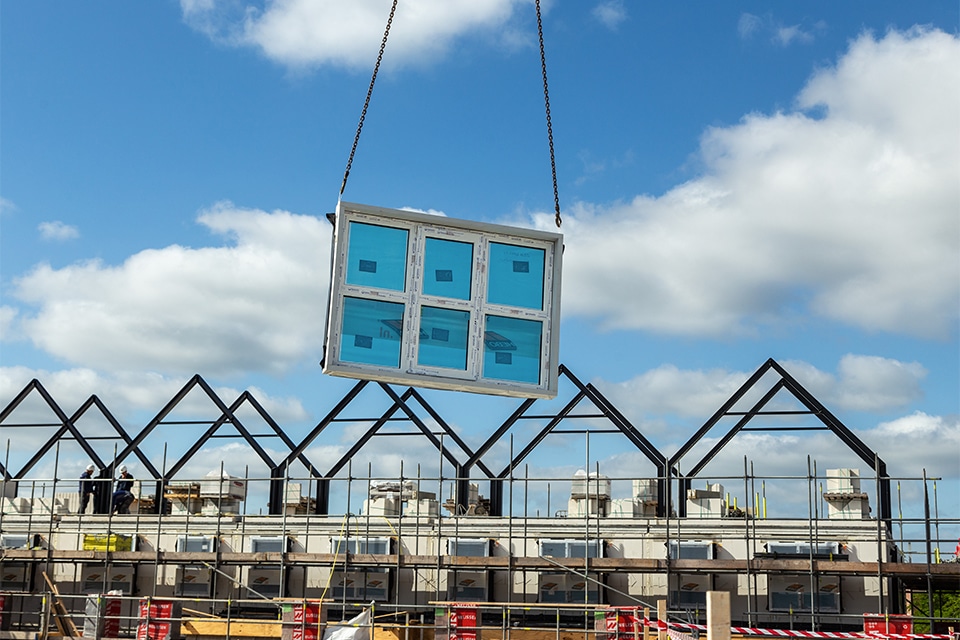
'Controlled production environment ensures consistent quality'
Prefabricated construction with plastic frames
Prefab plastic window frames are rapidly gaining popularity in the construction sector. HEBO from Hengevelde in Twente has played a pioneering role in this since 2010 with a well thought-out prefabricated window frame concept. According to director Norbert Kuipers and commercial manager Paul Meulman, this innovative approach has done the company no harm. "Our precast window frame concept fits perfectly with various building systems such as traditional construction, precast concrete shells and timber frame construction (HSB)."
HEBO has been an established name in the world of window frames for 45 years. Once started with wooden window frames, the family business has also been producing plastic variants since 2007. In 2010 it introduced the prefabricated window frame concept, which has been continuously optimized ever since. "This means that we prepare our prefabricated plastic window frames entirely in-house," Kuipers said. "The wooden cavity laths are already pre-assembled in our own factory. That's our strength."
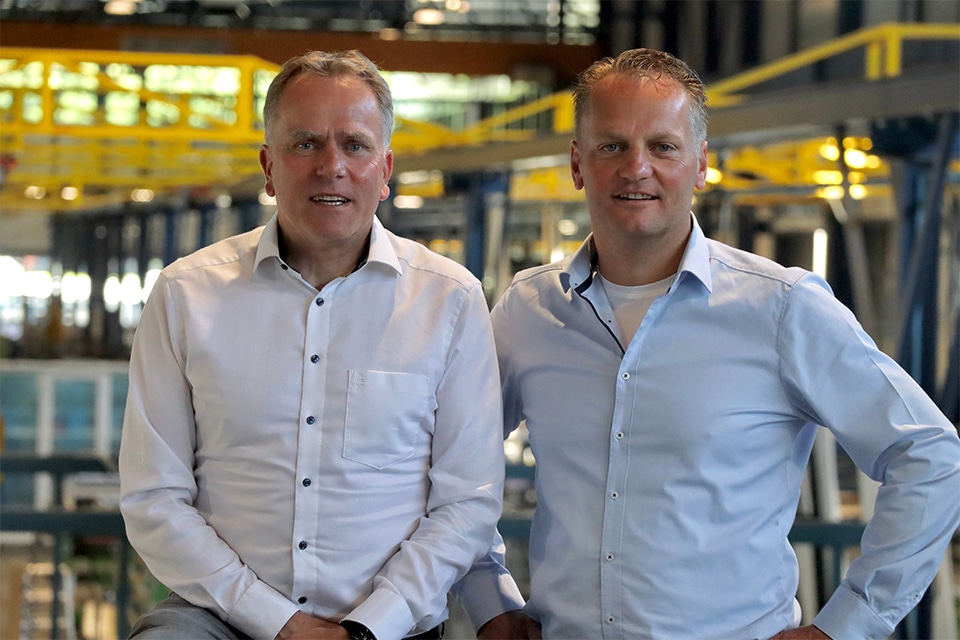
Fast and airtight construction
The prefab window frames are delivered complete: including cavity lath, glazing, hardware, accessories and equipped with -
PE protective film. As a result, they are almost completely finished when they arrive at the construction site. "That speeds up assembly considerably," Kuipers continues. "After delivery, they can be placed directly against the shell. Also, these days the cavity lath is made of laminated pine that is ''stress-free'' and therefore less likely to warp. Also the extra 3-seal between cavity lath and frame contributes directly to better airtightness."
Quickly wind and waterproof
Prefabricated plastic window frames offer even more advantages, Meulman adds. "Thanks to the complete finish, a building is wind and watertight much faster, which also makes you less dependent on the weather. Also, once the prefabricated window frames have been installed, you can start immediately with
finishing; this reduces construction time and saves on your overall costs."
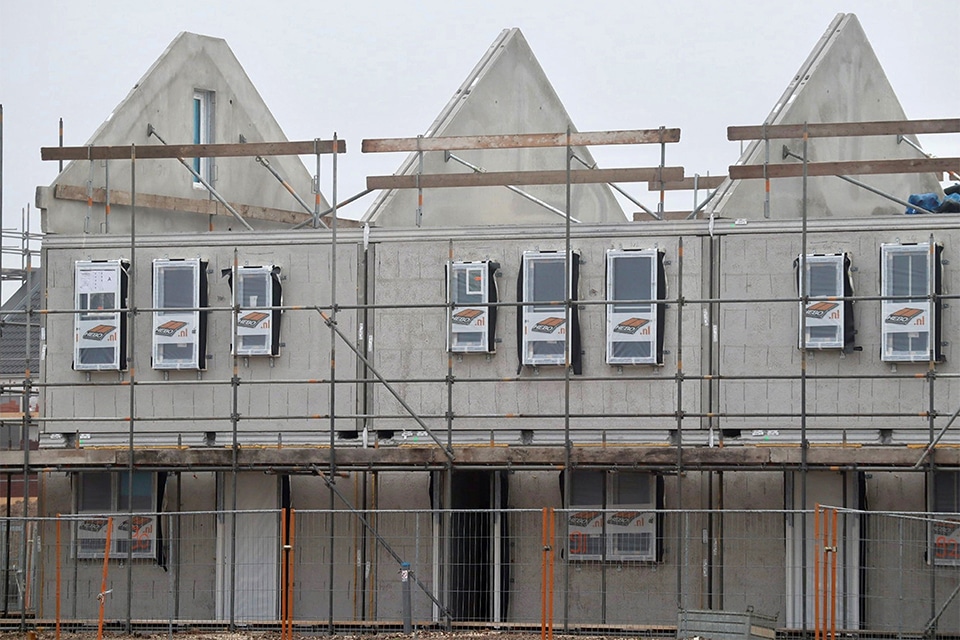
One location, sustainably produced
Thanks to the controlled conditions in the factory, HEBO guarantees constant and high quality. Because all production takes place at one location, considerably fewer transport movements are required. "That makes the concept not only efficient, but also sustainable," says Meulman. From Hengevelde, HEBO delivers prefabricated window frames to construction sites and prefab industry with its own trucks every day. Moreover, HEBO's window frames are included in category 1 of the National Environmental Database.
BIM & Quality Assurance Act
According to Kuipers, the success of the precast concept runs hand in hand with the rise of 3D modeling in construction. "We work closely with partners in the chain to optimally integrate the precast frame concept into various construction methods. We are already in the design phase together with contractors, architects and processors in HSB and concrete to model the frame properly technically in BIM or Revit."
HEBO has its own Revit family, including cavity laths. The digital collaboration with Gebr. Bodegraven, a specialist in connections for the construction industry, is also important in this regard. Indeed, for anchoring window frames to the interior wall - whether of concrete, sand-lime brick, wood or another material - HEBO works closely with Gebr. Bodegraven. Before the end of this year, HEBO will also include Gebr. Bodegraven's anchoring in the 3D model.
Moreover, HEBO was ready for the introduction of the Quality Assurance Act well before January 1, 2024. "When it comes to quality assurance of window frames, contractors do not have to reinvent the wheel with us," Kuipers emphasizes.
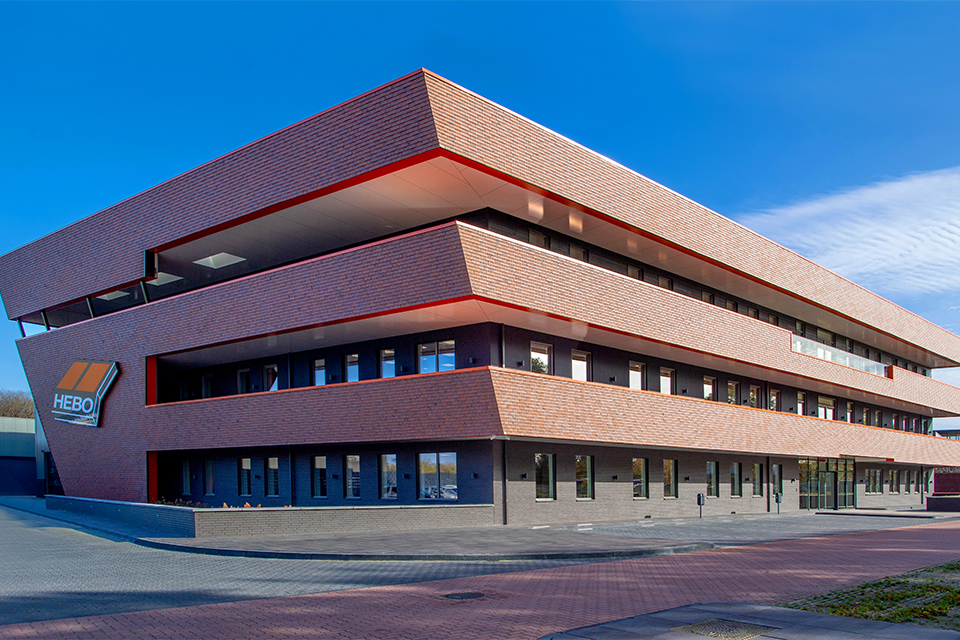
Customization for the future
Because HEBO develops and produces all products in-house, it can also offer customized solutions for a variety of residential concepts. Kuipers concludes, "Especially now that more and more high-rise construction is taking place in the Netherlands - think multi-story apartment complexes - our prefabricated window frame concept is an ideal solution: efficient, sustainable and aesthetically pleasing."

